Watercolor painting painting is one of the most expressive and enchanting forms of art espressions, renowned for the softness and transparency of its colors.
Despite its apparent simplicity, it conceals a world of possibilities and techniques that allow the artist to create works rich in depth, texture, and light.
Whether you're a beginner or an experienced painter, understanding the fundamental principles and techniques of watercolor is key to fully exploring the potential of this beautiful art form.
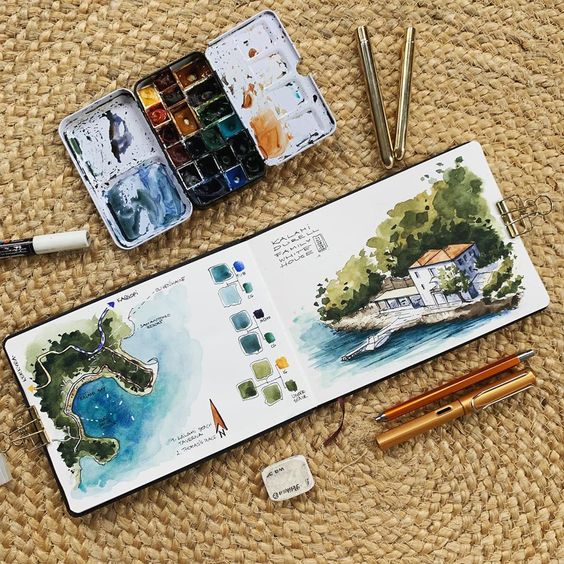
Here are the basic principles and techniques you should know:
Basic Principles
1. Color and Transparency: Watercolor colors are transparent, allowing for layered application to create complex effects and shades. The white color comes from the paper, so choosing the right paper is crucial.
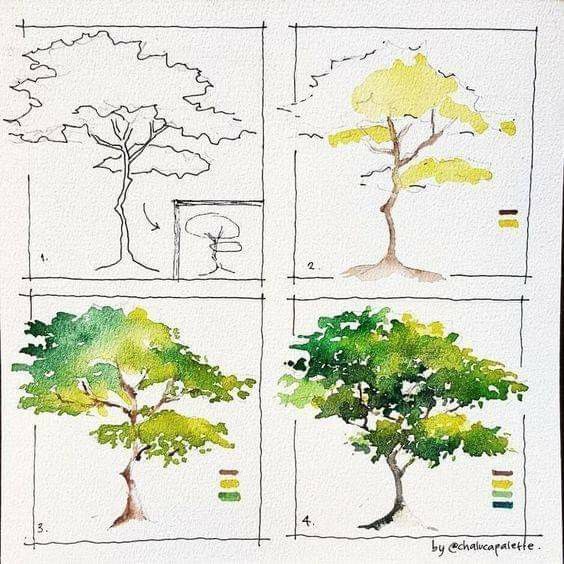
Water and Color Ratio: Controlling the amount of water is crucial. More water results in softer colors and a more transparent effect, while less water produces more intense and darker colors.
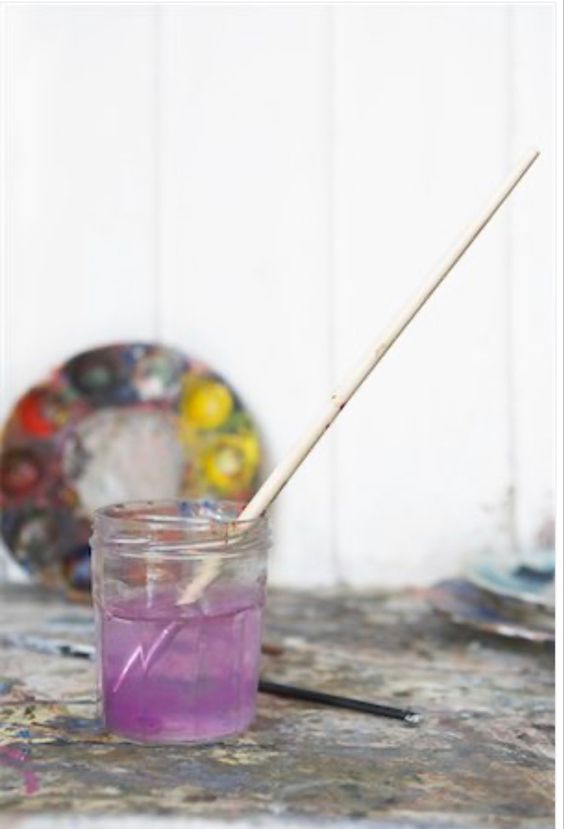
3. Material: Use high-quality watercolors, such as Daniel Smith and also White Nights, special paper, Baohong and Strathmore and brushes that retain water well and allow creating effects.
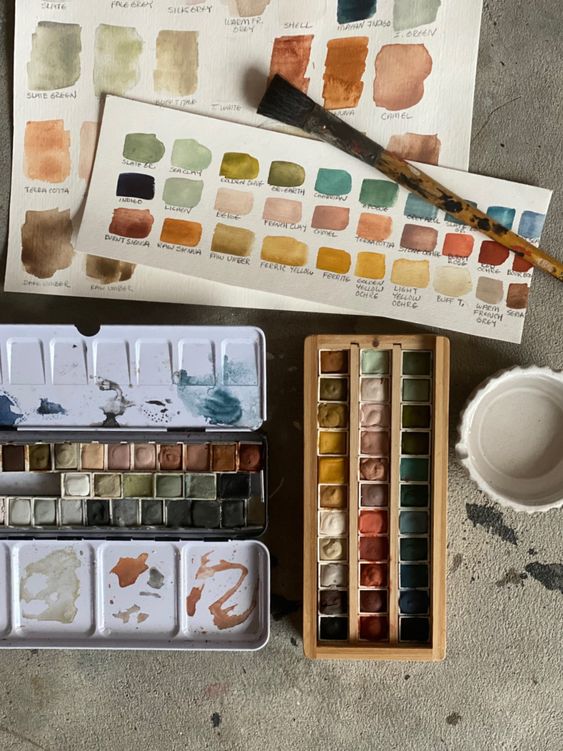
Techniques:
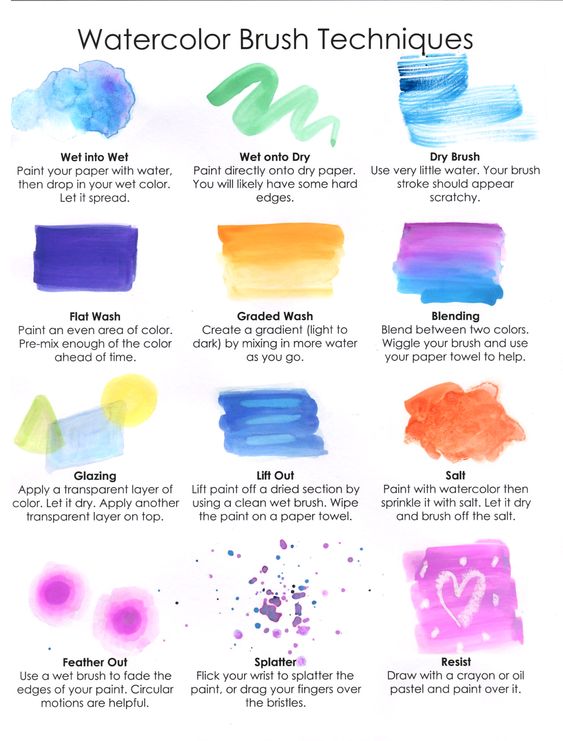
Explore a few more fundamental techniques by studying the photo above!
Watercolor requires patience and practice, but with the right combination of techniques, you can create vibrant and expressive works of art.
Experiment with these techniques and let your creativity guide the process.
The key is to enjoy what you're doing!
Have a great rest of your Sunday!
Until next time,
Artistic kisses























